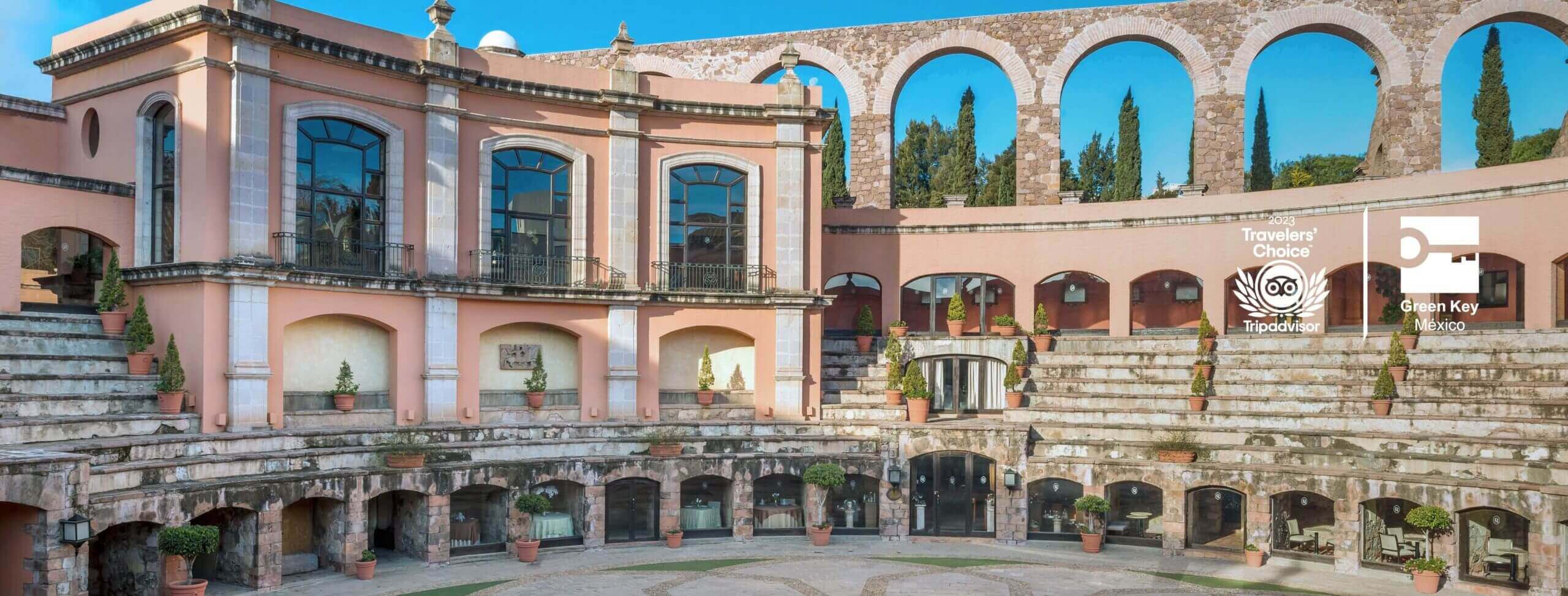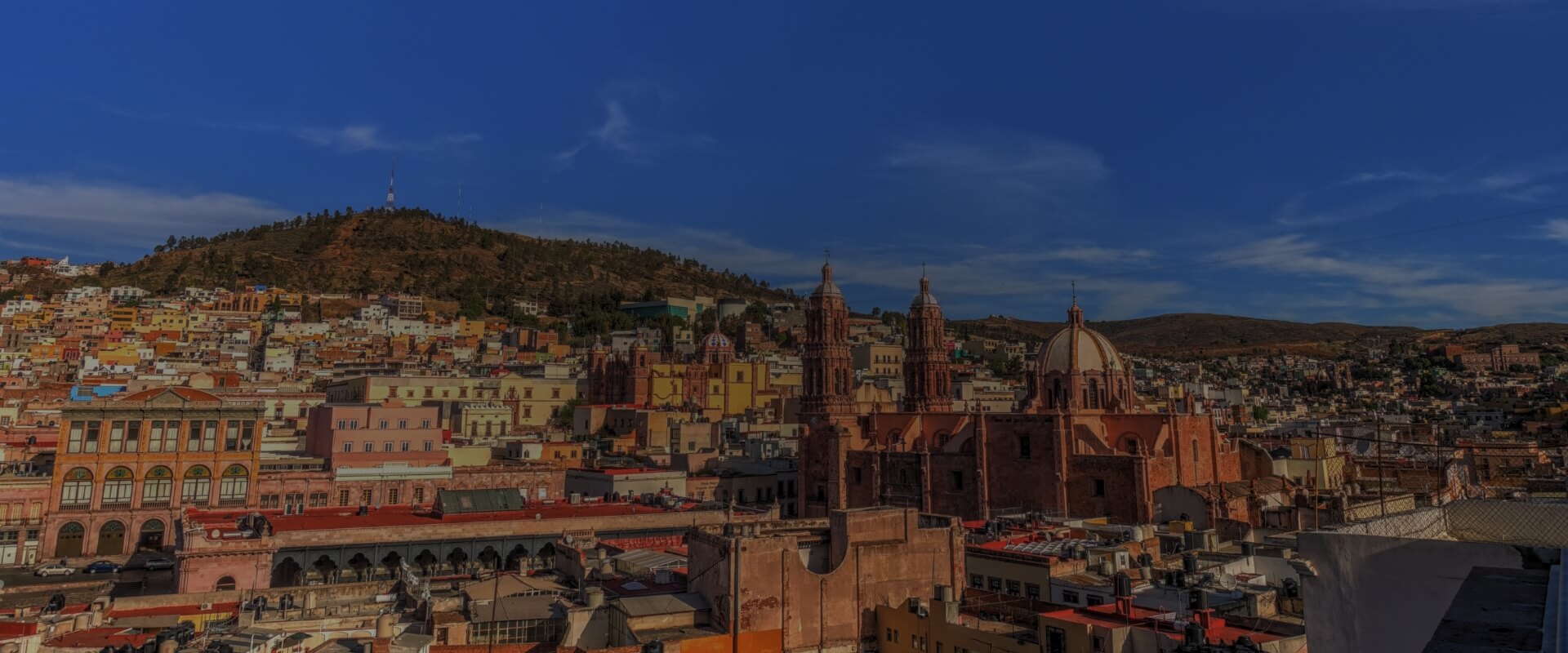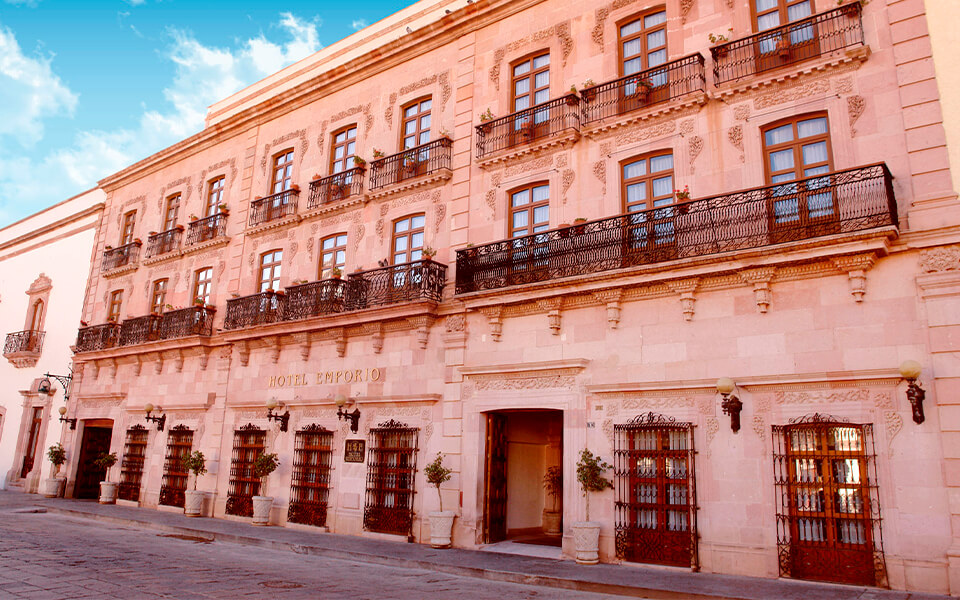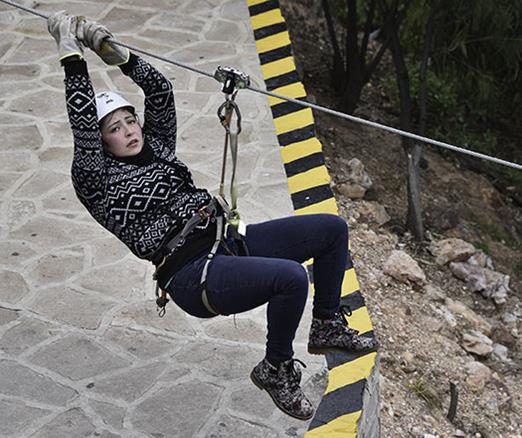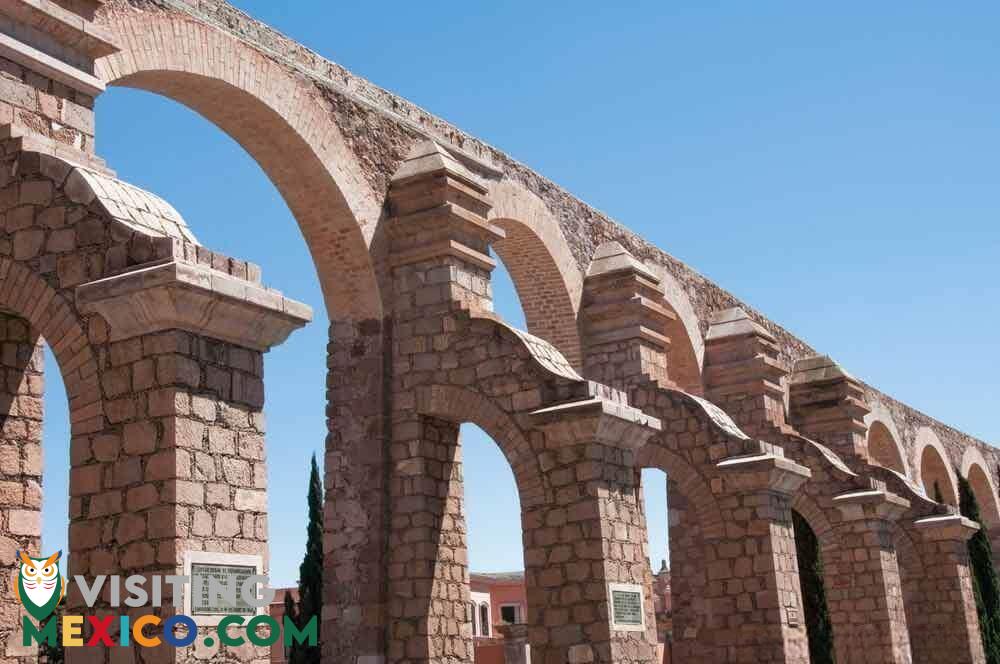IMPORTANT FACTS
Zacatecas has a population of 1,503,370 people making it the twenty-fifth most populous state of the country. It boasts an area of 29,166 square miles. Along with mining, agriculture and tourism are some of its major industries. The state’s capital is also named Zacatecas and is the state’s most populous city. The state was named for an indigenous group of Nahuatl people who resided in the region before the Spanish conquest. Aside from the capital, other major Zacatecas cities include Fresnillo, Tlaltenango, Jerez, and Sombrerete.

GEOGRAPHY AND LANDSCAPE
The country’s Central Plateau comprises most of the state’s topography; however, the Sierra Madre Oriental ranges through the northeast as well as the southwest regions of the state. At the extreme southeastern section of the state, the Trans-Mexican Volcanic Belt makes a slight appearance in the landscape of the state. Some of the highest Zacatecas peaks include Sierra El Astillero, Sierra Fria, and Sierra de Sombrerete. Various important rivers flow through the state such as the Valparaiso, Aguanaval, Jerez, Atengo-San Andres, and Villanueva.
The mountain regions of Zacatecas are home to pine and evergreen forests while the plains and many valleys contain maguey, agave, cactus, mesquite. One of the state’s more famous examples of flora is the unusual elephant tree. Because the southern tip of the Chihuahuan Desert extends into the extreme northern section of the state, Zacatecas can boast a rich diversity of wildlife. From desert reptiles like rattlesnakes to wild boars and coyotes of other regions, there are many animals that make their home in the wild landscapes of the state.
TOURISM
THE STATE CAPITAL: ZACATECAS
The city of Zacatecas is at the center of the state’s tourism industry. The city’s historical center is a UNESCO World Heritage site that is full of incredible examples of colonial architecture and picturesque cobblestoned streets and avenues. The historic silver industry made the city prosper and become one of the most important cities of colonial Mexico. Containing many historical and cultural points of interest, the capital draws visitors from around the country as well as from around the globe. The city’s main attractions are its main historical square and cathedral. Tourists also frequent the many churches and museums of the city.

he food of Zacatecas is a delicious mingling of indigenous and Spanish gastronomies. As one of the country’s leading producers of beans and chiles, it isn’t surprising that these are two of its most popular ingredients. Grapes and guava are also in large production in the state. Zacatecas is famous for several dishes, but some of its most popular include its enchiladas which feature crème fraiche, poblano chiles, and shredded pork loin; braised pork made with cinnamon, cloves, and garlic; and a cowboy stew that typically features beef chuck, squash, onions, cilantro, and thin noodles.
OTHER THINGS TO SEE AND DO
Sombrerete: Founded in 1555, this small city is often touted as the state’s loveliest. Its beautifully decorated churches and public buildings enchant visitors and offer an extraordinary glimpse into the state’s past.
Jerez: Some call it “Pueblo Magico” of Mexico, the city of Jerez is famous for its traditions and cultural attractions. Its many colonial buildings merely add to its many other charms that draw visitors from far and wide.
La Quemada: With constructions and terraces that date back to 800 A.D., this archaeological site is located thirty miles from the capital and additionally famous for its breathtaking landscape. It’s especially famous for its collection of pre-Columbian collection of precious stones.
Plan a trip to Zacatecas
